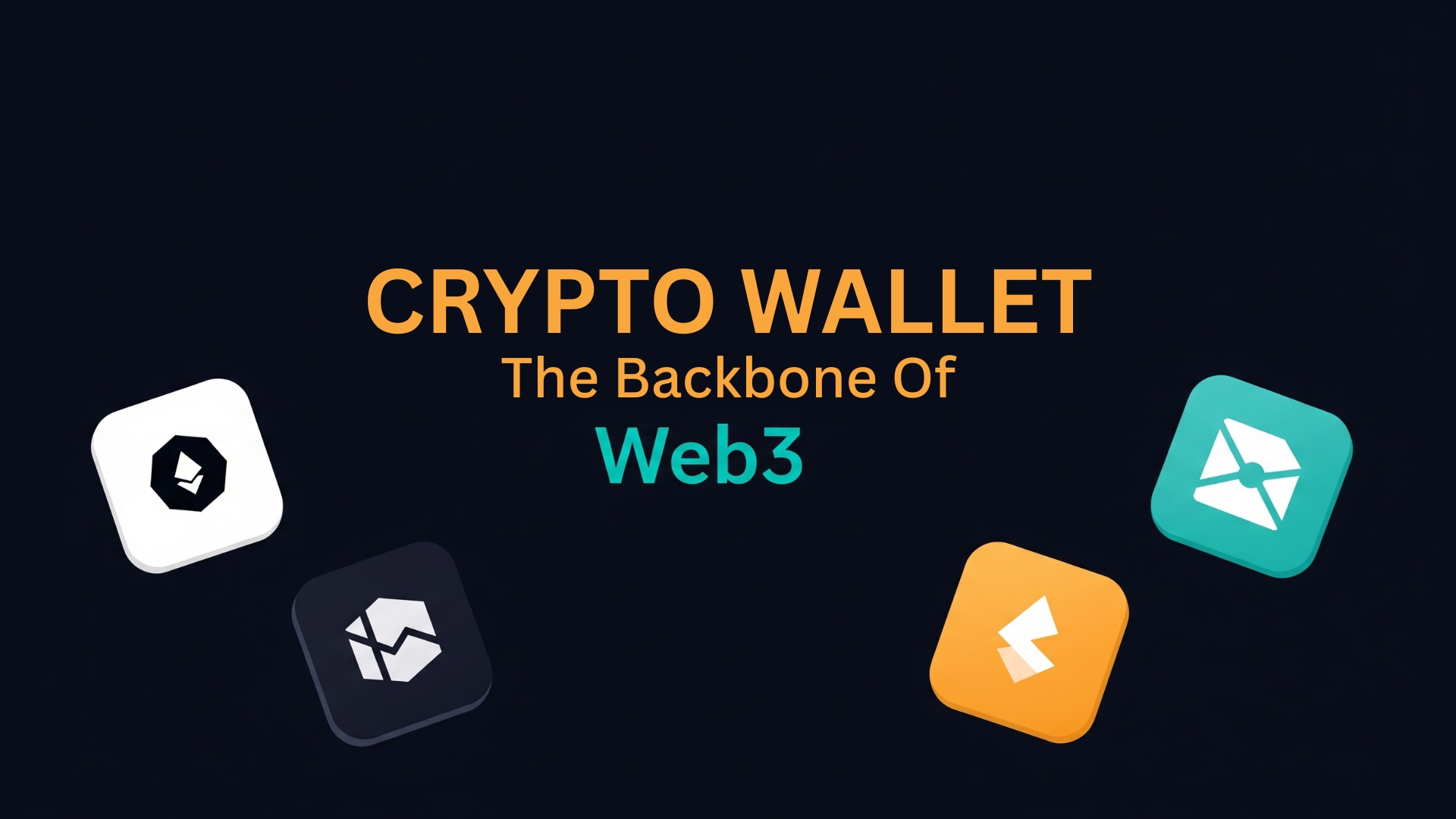
If you're in Web3, your wallet isn’t just some optional tool—it’s the access point to everything. Whether you're trading, minting, staking, or jumping into a dApp, it all starts with the wallet. It’s no longer just a digital pocket for holding tokens—it’s your digital identity, your Web3 passport. And that’s exactly why building the right wallet, or picking the right one, matters more than ever.
What Makes a Crypto Wallet More Than Just a Wallet
A crypto wallet isn’t just some fancy app to store your tokens. It’s the entry point to the entire Web3 world. Everything you do—trading, minting NFTs, using DeFi protocols, logging into dApps—starts with your wallet. It’s not just a key. It’s your identity on the blockchain. And unlike traditional systems where your access can be denied or frozen by someone else, here it’s all in your hands. That kind of ownership is a big deal. It changes how people interact with the internet entirely.
What makes wallets powerful is that they’re not just holding your funds. They’re holding your rights. When you approve a transaction, you’re giving the green light to an action that directly hits the chain. No middlemen. No delays. Just you triggering an outcome in real time. That direct control is why crypto wallets are way more than what people assume. They’re not just storage units. They’re the gateway, the control center, and the engine that powers your Web3 presence.
Types of Crypto Wallets
There’s more than one kind of wallet, and choosing the right one isn’t about picking the flashiest interface. It’s about how you use it and what level of risk you’re okay with. First, you’ve got hot wallets. These are connected to the internet and built for convenience. Metamask, Phantom, Rainbow, all of them fall into this bucket. If you’re using DeFi apps daily, minting NFTs, or doing on-chain stuff often, hot wallets make life easier. But because they’re always online, they’re more exposed. If someone gets your private key or tricks you into signing something shady, your funds are gone. There’s no undo.
Then you have cold wallets. These are hardware wallets or even paper wallets that stay offline unless you need them. Ledger and Trezor are the popular choices here. Think of them as your personal vault. You only open them when you absolutely have to. They’re not as quick to use, but that’s the tradeoff. You get security that’s hard to match. Most people who’ve been in crypto for a while use both. Hot wallets for daily stuff. Cold ones for long-term holds and serious value.
Now we’re also seeing smart contract wallets picking up. These are wallets that come with built-in logic. Like social recovery, gasless transactions, and multi-signature approvals. Safe (previously Gnosis Safe) is one solid example. These types of wallets shift things from pure key management to programmable access. It’s the next phase of wallet evolution, where users get more flexibility without giving up control. They’re still early in adoption, but growing fast, especially in DAO treasury management and for teams who need more structure around how funds move.
This shift is also fueling demand for every serious crypto wallet development company to build not just functional wallets, but flexible, future-ready ones. Users don’t just want storage. They want wallets that can interact across chains, automate transactions, and carry digital identity. That’s where top developers are now focusing—moving beyond the basics and shaping the next wave of wallet innovation.
Wallets Power Everything in Web3
People talk about smart contracts, DAOs, or DeFi protocols. But none of that works without wallets. You don’t log in to a dApp with your email or password. You connect your wallet. You don’t sign deals through a lawyer. You sign with your wallet. It’s not just money moving. It's you giving digital signatures that have real outcomes recorded on chain. From staking to swapping, from gaming to voting in a DAO. It all happens because your wallet says so.
Even access rights are defined by your wallet. Got a token? You get in. Don’t have it? You’re out. That’s the rule. Wallets don’t just show what you own. They define what you can do. You’re not just a user anymore. You’re a participant. A contributor. A decision-maker. This flips the entire Web2 login-password model. No app owns your identity. Your wallet does. And it follows you wherever you go. You control the data, the keys, and the flow.
Wallets More Than Just Storage
Here’s the thing. Most people still think of wallets as digital lockers for coins. But in Web3, that idea is outdated. Wallets now hold everything from NFTs to credentials to DAO memberships. They’re more like digital passports carrying your on-chain history. What you bought, where you staked, what you voted on. It’s all there. And that history can unlock perks. Some platforms reward early users based on wallet activity. Others open access to invite-only communities just because your wallet proves you were active early.
Wallets are also getting smarter. Some now integrate AI for transaction insights, real-time gas fee predictions, and automatic swap routing. Others let you interact across chains without switching networks. This isn’t just about making things easier. It’s about wallets turning into full-blown dashboards. Your wallet is no longer just where your funds sit. It’s where your Web3 activity lives and grows. And as more dApps talk directly to wallets, they’re slowly becoming the core layer of interaction.
Final Thoughts
If Web3 is the next phase of the internet, then crypto wallets are the control panel. They let users move, build, earn, and participate without asking permission. But with that power comes real responsibility. The space is evolving fast, and any crypto wallet development company building for the future needs to think beyond just transactions. Because wallets aren’t just tools anymore. They’re the core experience of crypto itself.
